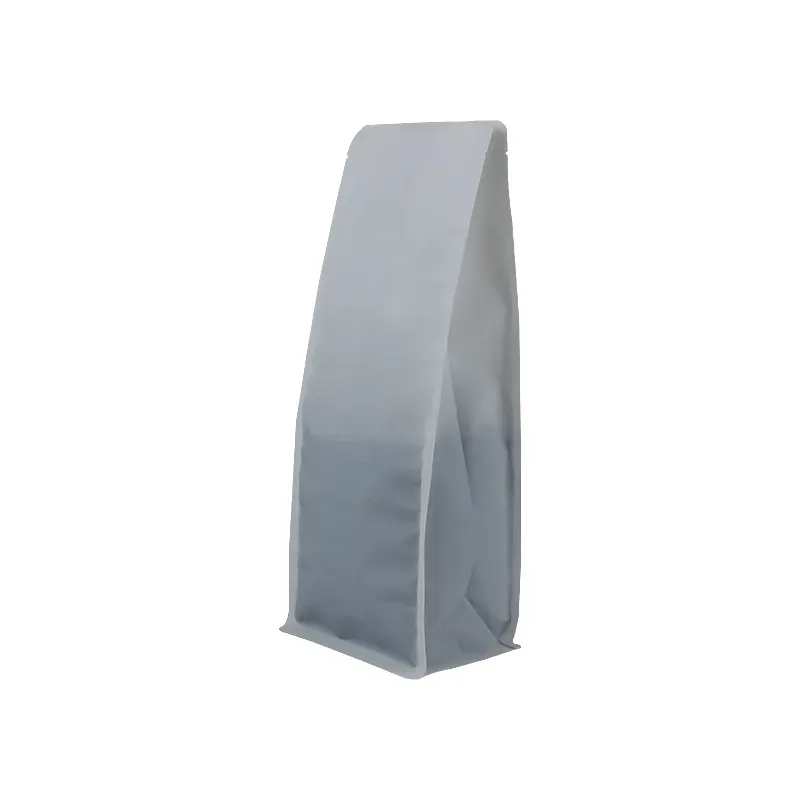Effective Solutions for Food Moisture Control and Preservation Techniques
Moisture Absorbers for Food Ensuring Freshness and Quality
Moisture plays a crucial role in food preservation and quality. Excess moisture can lead to spoilage, mold growth, and the degradation of taste and texture in various food products. This is where moisture absorbers come into play, acting as essential tools in maintaining the freshness and quality of food items. In this article, we will explore the types of moisture absorbers available, their applications in food storage, and best practices for using these products effectively.
Understanding Moisture and Its Effects on Food
Moisture is a natural component of our environment, and it can seep into food packaging through various means. Changes in humidity levels, improper storage conditions, and even the natural moisture content of food can contribute to an undesirable moisture environment. High humidity can create a breeding ground for bacteria and mold, while low humidity is often needed to maintain the crunchy texture of snacks, such as chips and crackers. Therefore, managing moisture is critical for extending shelf life and ensuring food safety.
Types of Moisture Absorbers
There are several types of moisture absorbers available for food storage, ranging from natural to synthetic options
1. Silica Gel One of the most common moisture absorbers, silica gel is a porous form of silicon dioxide. It is non-toxic and commonly used in food packaging to control humidity. Packets of silica gel can often be found in boxes of shoes or electronics, but they are also effective in food-related applications, helping to keep dry foods like spices, dried fruits, and snack items fresh.
2. Clay Natural clay, particularly bentonite, is another effective moisture-absorbing material. It can absorb excess moisture without altering the taste or safety of food. Clay packets can be placed in storage bins or jars to keep items like rice, pasta, and grains dry and free from clumping.
3. Activated Charcoal Known for its odor-absorbing properties, activated charcoal can also help regulate moisture. It works by adsorbing both odors and humidity, making it a valuable addition to food storage spaces.
4. Calcium Chloride This compound is widely used in commercial applications, particularly in environments that require significant moisture control. Calcium chloride absorbs moisture from the air and can be found in certain food packaging or as part of moisture-absorbing products.
moisture absorbers for food

5. Rice A natural, widely used moisture absorber, uncooked rice can effectively absorb moisture. Placing a small bowl of rice in a container with foods prone to absorbing moisture is a simple and eco-friendly method to keep items like salt and sugar from clumping.
Applications in Food Storage
Moisture absorbers can be employed in various food storage applications, including
- Packaging Many manufacturers include moisture-absorbing packets in food packaging, especially for sensitive items like jerky, cheese, and dried fruits. - Pantry Storage By placing moisture absorbers in pantry cabinets or with food storage containers, individuals can prevent the growth of mold and preserve the integrity of dry foods. - Long-Term Storage In situations requiring long-term food storage, such as in sealed buckets or Mylar bags, the inclusion of moisture absorbers can significantly enhance the shelf life of stored foods.
Best Practices for Using Moisture Absorbers
When using moisture absorbers in food storage, consider the following best practices
1. Choose the Right Size Ensure that the moisture absorber is appropriately sized for the space it occupies. A larger container may require multiple absorbers. 2. Monitor Humidity Levels Utilize hygrometers to monitor humidity levels in food storage areas. This can help in assessing the effectiveness of moisture absorbers and determining when they need replacing. 3. Follow Manufacturer Instructions Pay attention to any specific guidelines provided by manufacturers, especially when using commercial moisture absorbents.
4. Regular Replacement Most moisture absorbers have a limited lifespan. Check and replace them regularly to maintain optimal food storage conditions.
In conclusion, moisture absorbers play a vital role in ensuring the freshness and quality of food. By understanding the various types available and implementing them in food storage practices, consumers can effectively combat moisture-related issues, prolong shelf life, and enjoy their food products at their best.













